GPCR/G protein

All GPCRs share a common seven trans-membrane structure. GPCRs are associated with heterotrimeric G-proteins which are GTP-binding proteins made of alpha, beta, and gamma subunits. When a ligand binds to GPCR, it activates the attached G-protein, the GDP is replaced with GTP. The activated G-protein then dissociates into an alpha and a beta-gamma complex which activates downstream signaling pathways. These intracellular signaling pathways include cAMP/PKA, calcium/NFAT, phospholipase C, protein tyrosine kinases, MAP kinases, PI-3-kinase, nitric oxide/cGMP, Rho, and JAK/STAT.
GPCRs are one of the most important therapeutic targets for various diseases, over 30% of all modern medicinal drugs target this family. Aberrant GPCR functions are involved in pathological conditions such as neurological, immunological and hormonal disorders. A large number of GPCRs have been identified, but whose ligands are not known, are classified as orphan receptors.
-
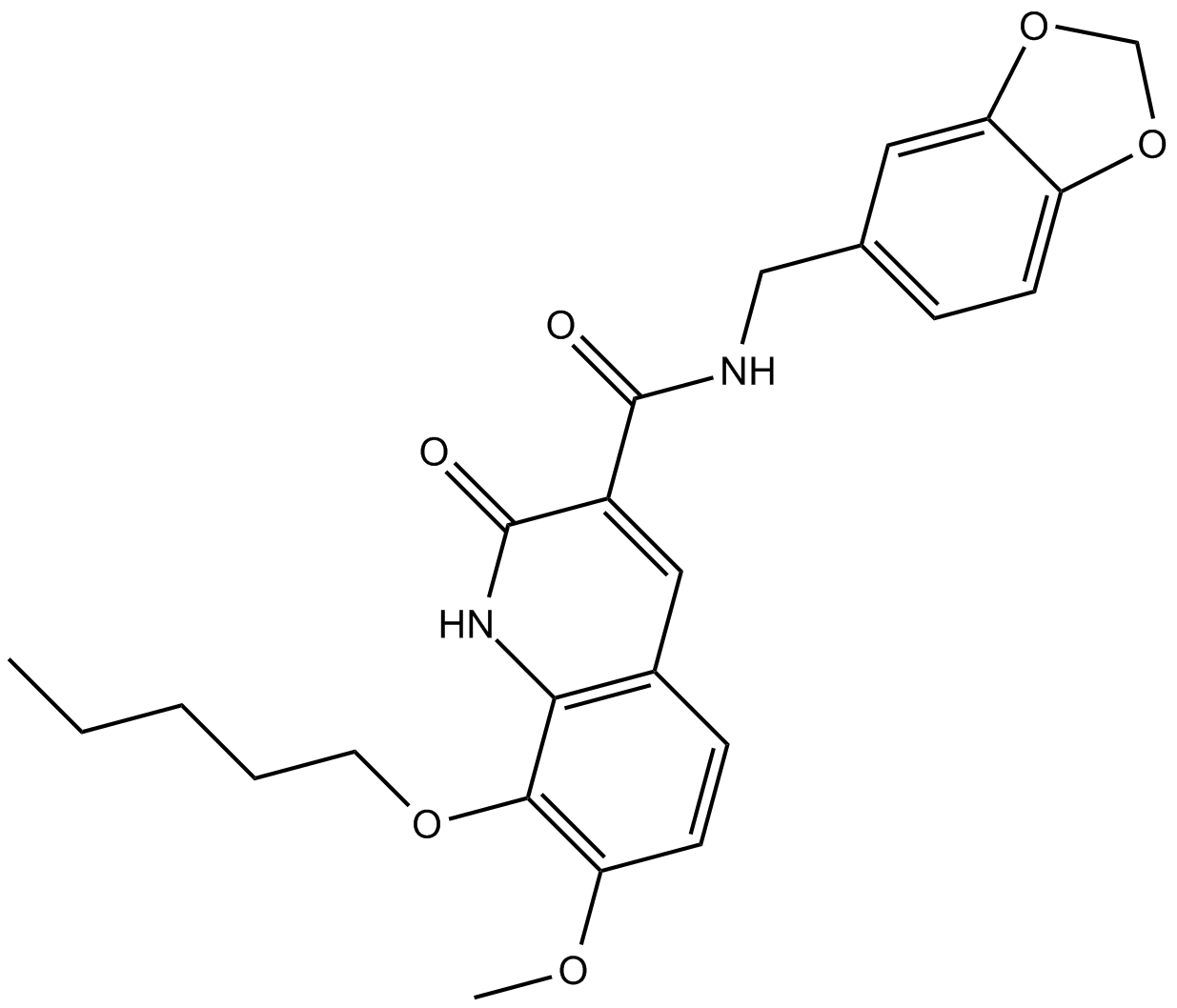 B7073 JTE 907Summary: cannabinoid CB2 receptor inverse agonist
B7073 JTE 907Summary: cannabinoid CB2 receptor inverse agonist -
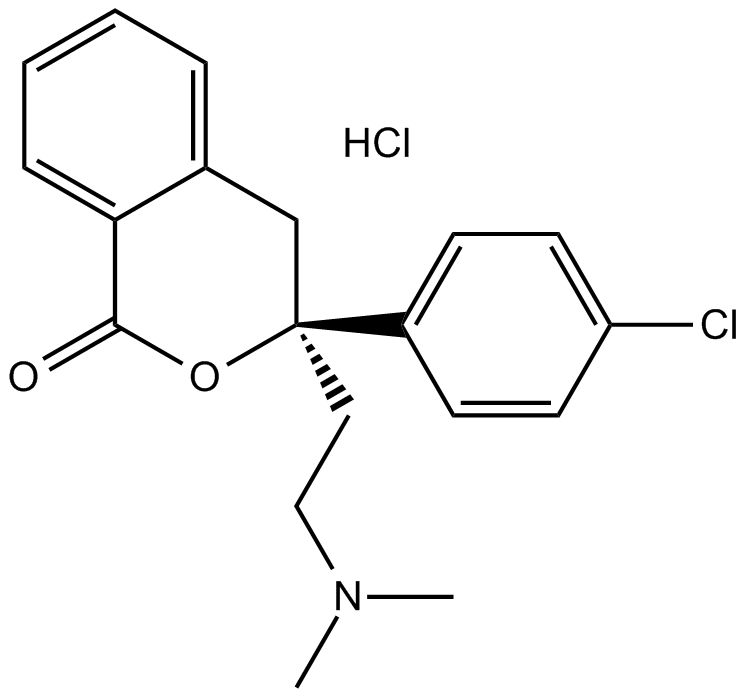 B7074 (±)-AC 7954 hydrochlorideSummary: urotensin-II (UT) receptor agonist
B7074 (±)-AC 7954 hydrochlorideSummary: urotensin-II (UT) receptor agonist -
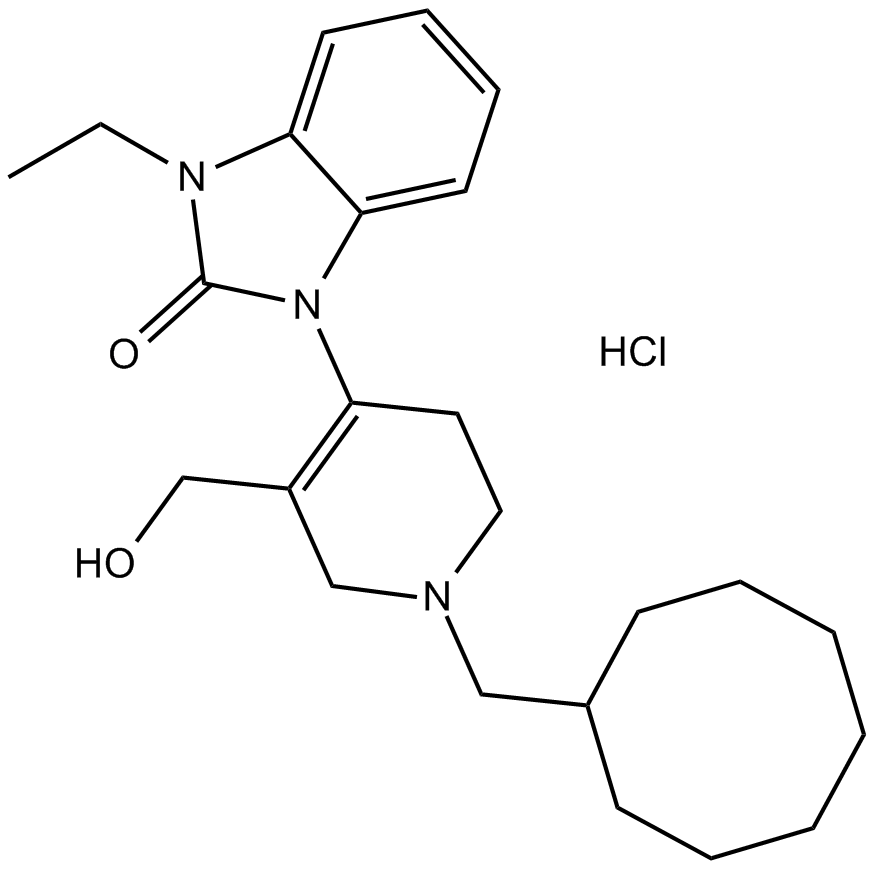 B7084 Trap 101Summary: nociceptin/orphanin FQ (NOP) receptor antagonist
B7084 Trap 101Summary: nociceptin/orphanin FQ (NOP) receptor antagonist -
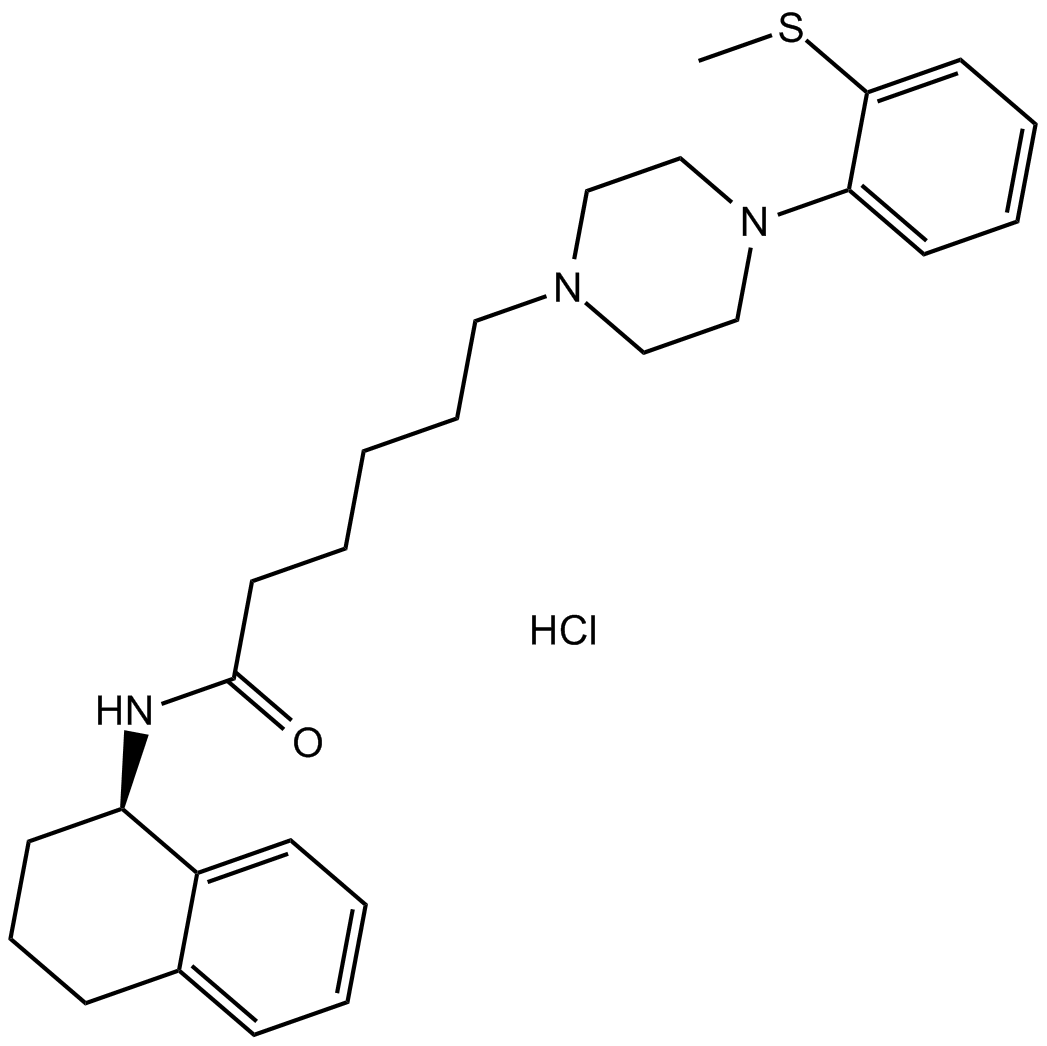 B7094 LP 44Summary: 5-HT7 receptor agonist
B7094 LP 44Summary: 5-HT7 receptor agonist -
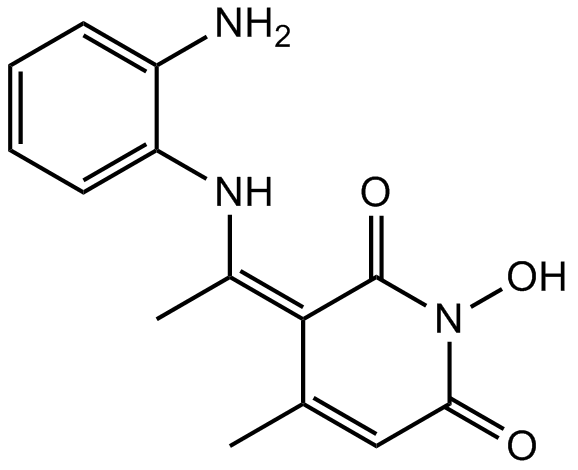 B7101 SUN-B 8155Target: Calcitonin and Related ReceptorsSummary: calcitonin (CT) receptor agonist
B7101 SUN-B 8155Target: Calcitonin and Related ReceptorsSummary: calcitonin (CT) receptor agonist -
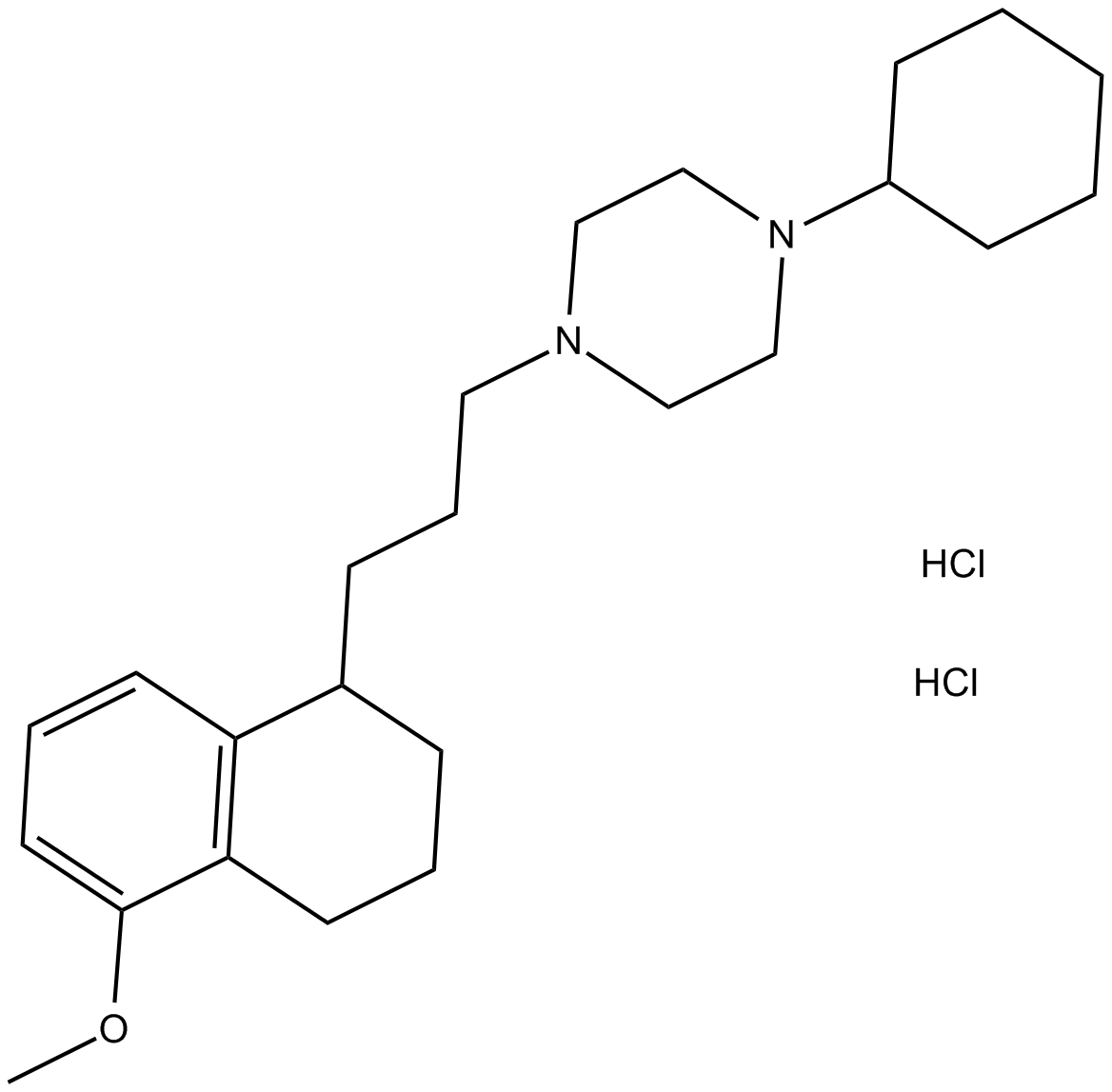 B7107 PB 28 dihydrochlorideSummary: A mixed σ2 receptor agonist/σ1 receptor antagonist
B7107 PB 28 dihydrochlorideSummary: A mixed σ2 receptor agonist/σ1 receptor antagonist -
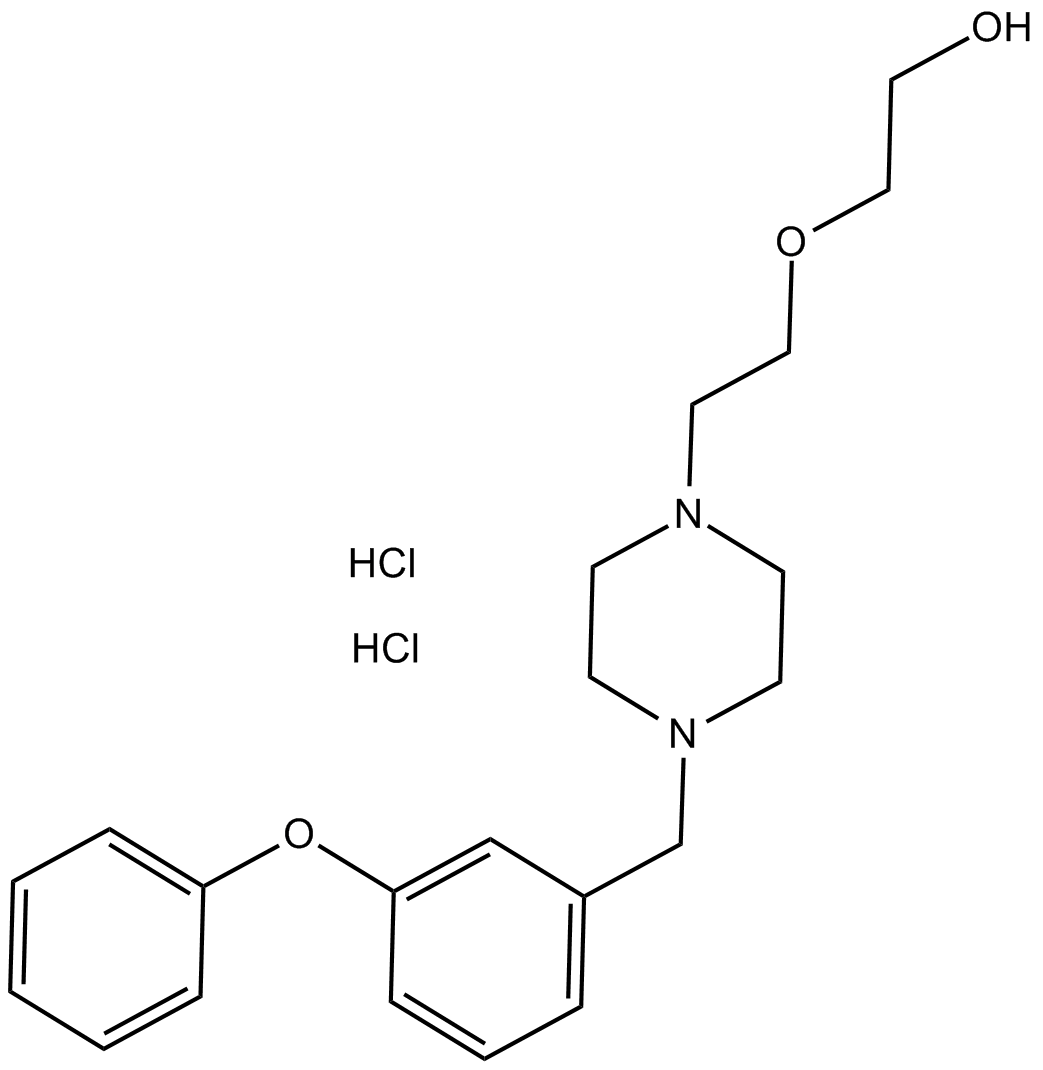 B7109 ZK 756326Summary: CCR8 chemokine receptor agonist
B7109 ZK 756326Summary: CCR8 chemokine receptor agonist -
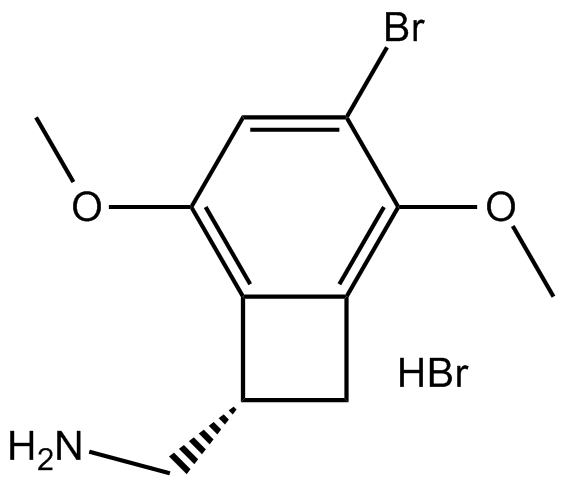 B7117 TCB-2Summary: 5-HT2A receptor agonist
B7117 TCB-2Summary: 5-HT2A receptor agonist -
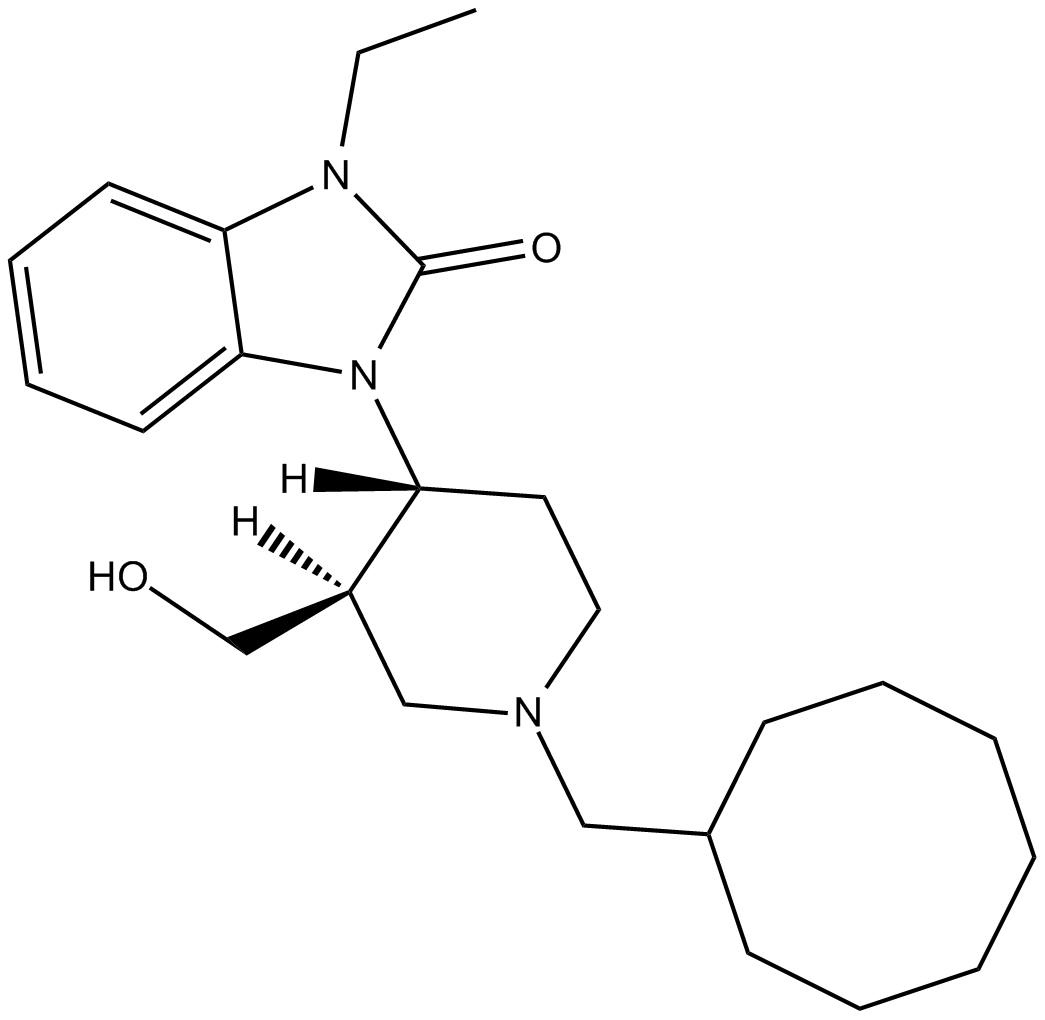 B7119 (±)-J 113397Summary: NOP receptor antagonist
B7119 (±)-J 113397Summary: NOP receptor antagonist -
 B7125 PD 144418 oxalateSummary: A highly potent and selective σ1 receptor ligand
B7125 PD 144418 oxalateSummary: A highly potent and selective σ1 receptor ligand

